The Fabric Token (FT) ecosystem has a goal to empower an individual and a business with easy access to blockchain technology through smart contracts by providing easy-to-use software. Products within the FT ecosystem will focus primarily on helping people to create and implement decentralized applications (DApp) even if the people do not have any special computer programming knowledge.
BLOCKCHAIN TECHNOLOGY AND SMART CONTRACT DEVELOPMENT BEING ONE OF THE CHALLENGES
Talking about smart contracts may seem simple enough to develop considering Solidty syntax is very similar to JavaScript. There are still many problems that arise once the contract becomes more complex and especially when the relationship develops between different pieces of code. Simple bugs and security flaws can slip so that anyone who misuses this will certainly potentially cause crypto losses.
For an experienced software developer to write, test, and apply smart contract codes well, it can prove very challenging for someone with a little programming experience to do the same. This forces people to look for very costly collaborations with specialists who have the right technical expertise to write algorithms that are needed in computer-understandable languages, languages supported by blockchain like Solidity.
Related to this, of course, many problems are found, including:
1. Inefficient allocation of resources
Most software developers consider blockchain technology unstable today. This certainly acts as a significant obstacle to an innovation in the emerging industry.
At the same time due to the lack of a user-friendly interface, non-technical experts seeking to utilize blockchain technology are left with no other option, but to hire high-paying developers and consultants to help them apply their innovative ideas to application-based blockchain. This places significant financial pressures, especially on start-up companies, by forcing them to focus most of their finances on developing, testing, upgrading, and auditing their smart contract codes rather than on their ideas. In short, people with little experience in programming, blockchain technology, and smart contract development, who want to apply their ideas in a decentralized way, potentially spending money,
2. Ethereum Security Considerations and Solidity
Application Desentralisas (Dapps), essentially rely on smart contracts that are carefully written and fully tested in order to function properly. However, a recent study showed that 8,833 of 19,336, at that time (October, 2016), the total existing Ethereum intelligent contracts were marked as vulnerable by a "symbolic execution tool called Oyente", developed by the same team that conducted the research this.
Almost as many as 3,056 (15.7%) smart contracts are found as order-dependent transactions (TODs) which means the executable code in them is potentially open to manipulation because of how transactions are combined in blocks and how new blocks are added to the blockchain.
TOD smart contracts with the exception of only two of the security bugs documented in the case study by Luu et al. With the other two the dependence of reentrancy and timestamp, although there are far fewer examples of such cases.
In addition, Oyente reported that 19,366 analyzed intelligent contracts holding as many as 3,068,654 ETH, which at the time was equivalent to about 30 million USD. This data strongly suggests that there is no incentive for malicious users to target and exploit vulnerabilities in smart contracts to make a profit.
3. Lack of Solidity
Many reasons people say why people hesitate to invest their time in learning Solidity for blockchain based applications. FT developers do not explore language limitations stemming from the fact that it is designed to work only on the Ethics blockade (EVM) but looks into the design issues and common language platforms that DApp developers face today. FT developers will start with the problem that the language does not have a final specification and development requires a more bottom-up approach, where features are added to the language and virtual machine and then added to the documentation.
Although the language looks very simple because it has similarities with JavaScript, the programming for Solidity and Ethelessum Virtual Machine is different from traditional procedural programming. Developers must approach the problem with the transaction paradigm in mind, as some risks can arise from the use of traditional approaches. The official Solidity documentation provides some general guidelines and patterns to help avoid some common pitfalls, such as contracting in unusable circumstances.
4. Challenges Concerning Intra and Inter-Organizational Business processes
In business, of course, many diverse processes but it all aims to achieve certain organizational goals that is to produce definitive products or services for customers. Throughout the supply chain, it has been found to make improvements in operational and business performance, which will lead to strong demand in the business world. Furthermore, business processes can be modeled using the Business Process Model and Notation (BPMN) standards developed and managed by the Object Management Group.
PRODUCTS AND SOLUTIONS
1. TokenGen:
A Simple Web Application for Intelligent Contract generation to bridge the gap between human language that human beings can understand and language that computers can understand is not an easy task at all. However, when dealing with smart contracts, it can be done very efficiently, because the use cases are very specific.
TokenGen allows a user to generate smart contracts for tokens and fundraisers through a simple step-by-step process, choosing token and fundraising functions, filling in details like names and symbols, paying FT, before finally getting fully tested and securing smart contract codes as determined by user.
Use of the Contract is completely editable if the user needs to add custom functionality. TokenGen also provides in-depth documentation of all smart contract templates, including the guides included with the code, making it easier, if necessary, to edit something later.
The main idea behind Token Gen is to empower individuals from any background, or how to create smart contracts for tokens and fundraising to enable a user to focus resources on competencies. This will certainly pave the way for many people to use it.
2. DApp Workbench
It is a business application platform for entering smart and blockchain contracts into business management. DApp Workbench will help organizations develop smart contracts through business process modeling. The app has a drag-and-drop interface, which will use BPMN 2.0 standard, enabling all automated business process development steps ranging from design, compilation and testing through the implementation, monitoring and decoding of workflows on blockchain. DApp Workbench utilizes public and private blockchain features to help design, manage, automate and monitor decentralized business processes and simplify them by creating the traditional role of intermediaries.
3. Fabric Store
It is a decentralized market for intelligent contract components and allows third-party developers to get tokens and build their reputation by completing TokenGen and DApp Workbench with custom-made software components. Strictly digital, this will provide an advantageous opportunity for talented programmers, while helping the FT ecosystem develop and provide more possibilities for businesses and individuals.
Fabric Store allows developers to sell individual components such as software libraries, UI addons and themes for software solutions in a simple and decentralized way. The market will use blockchain to ensure the conservation of data within it, ensuring that there is no central authority.
Fabric Store does not restrict developers to publish the DApp Workbench and TokenGen extensions.
4. Fabric Token
Utilities payments in the FT ecosystem and will be used as utilities to pay for products and services within the platform. The Token Fabric will be used as a digital asset to be exchanged between third-party developers and users in the Fabric Store. The main idea behind the Fabric Token is that, unlike the more popular crypto, its value depends only on the performance and growth of the FT ecosystem, not on other external factors.
TOKEN SALES
Token Launch: Starts February 15, 2018 promptly at 10:00 UTC.
Fabric Token Total Supply: 100 million.
Fundraiser Cap: 80 million FT equals approximately 9 million USD
Accepting payment: Ethereal Only (ETH)
Price: 0.1125 USD per 1 FT
FT Exchange Rate: 2,700 per 1 ETH (will be adjusted just before the FT launch)
Smart Contract Address: Will be publicly announced 48 hours before launch.
DISTRIBUTION TOKEN
- 80% will be available for sale to the general public.
- 12% will go into the Fabric Token core team and will be released after 12 months.
- 7% will be allocated to advisors and released after 6 months.
- 1% will be used for bounty program
To participate, visit https://fabrictoken.io , the token purchase guide listed on the token sale menu. And to know more details about Fabric Token project, please go and download whitepaper: https://fabrictoken.io/media/Fabric-Token-Ecosystem-White-Paper-EN.pdf
ANN Thread: https://bitcointalk.org/index.php?topic=2593357
Bounty Program: https://bitcointalk.org/index.php?topic=2600091.0
Twitter: https://twitter.com/fabric_token
Telegram: https://t.me/fabric_token
Bitcointalk Username: KidsJamanNow
Bitcointalk Profile Link: https://bitcointalk.org/index.php?action=profile;u=1308879
My ETH Address: 0x20972209f08119939816158a1417b6E9c11Cd010
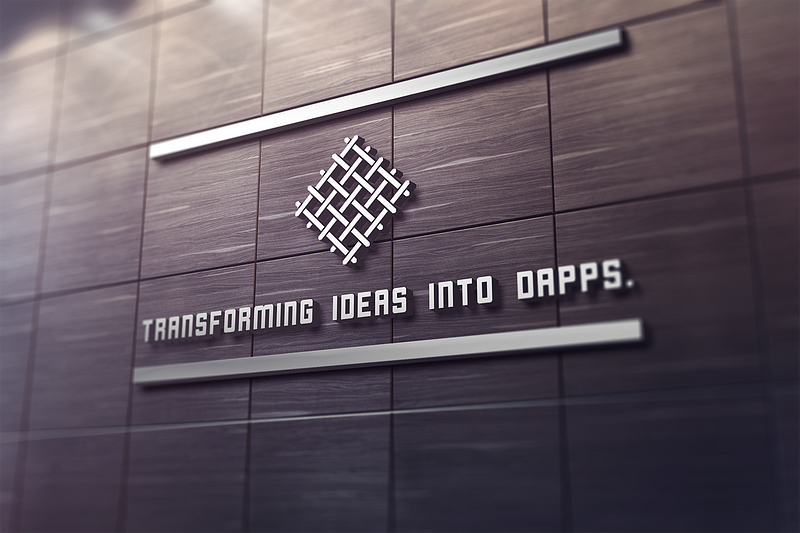
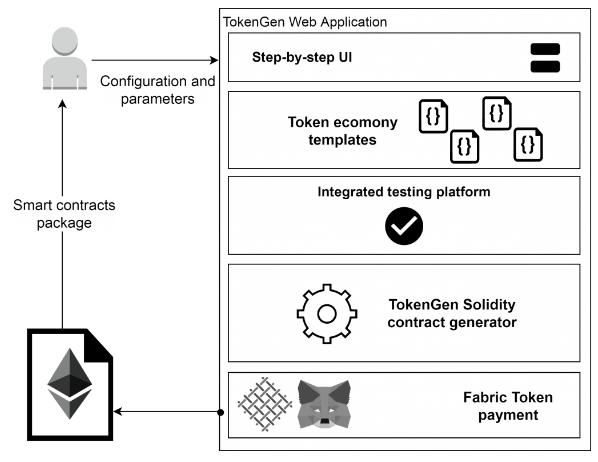
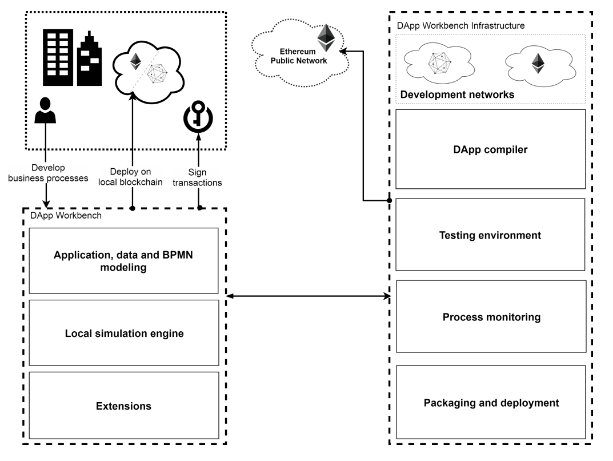
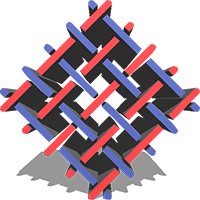
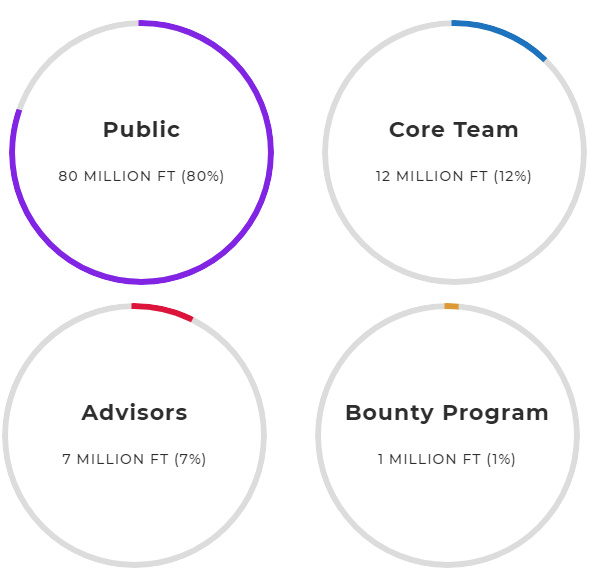




Tidak ada komentar:
Posting Komentar